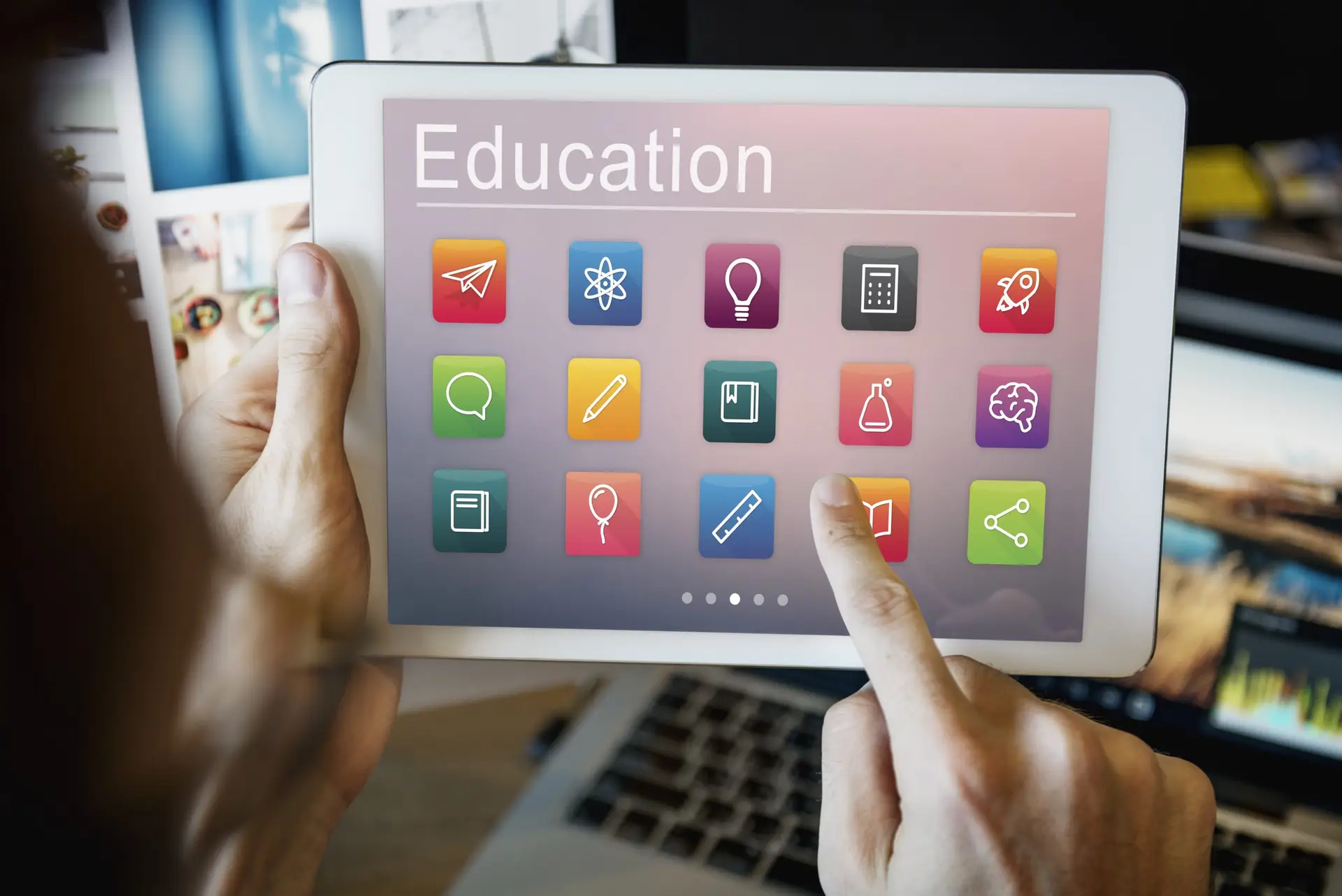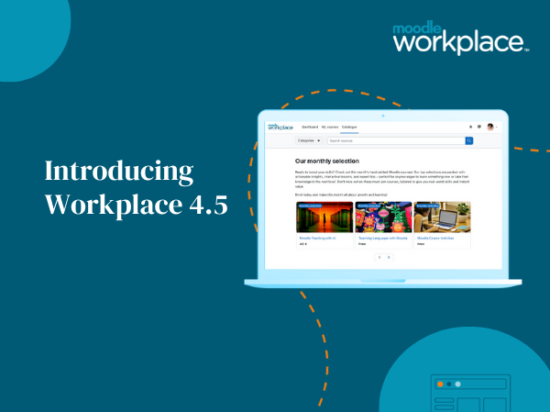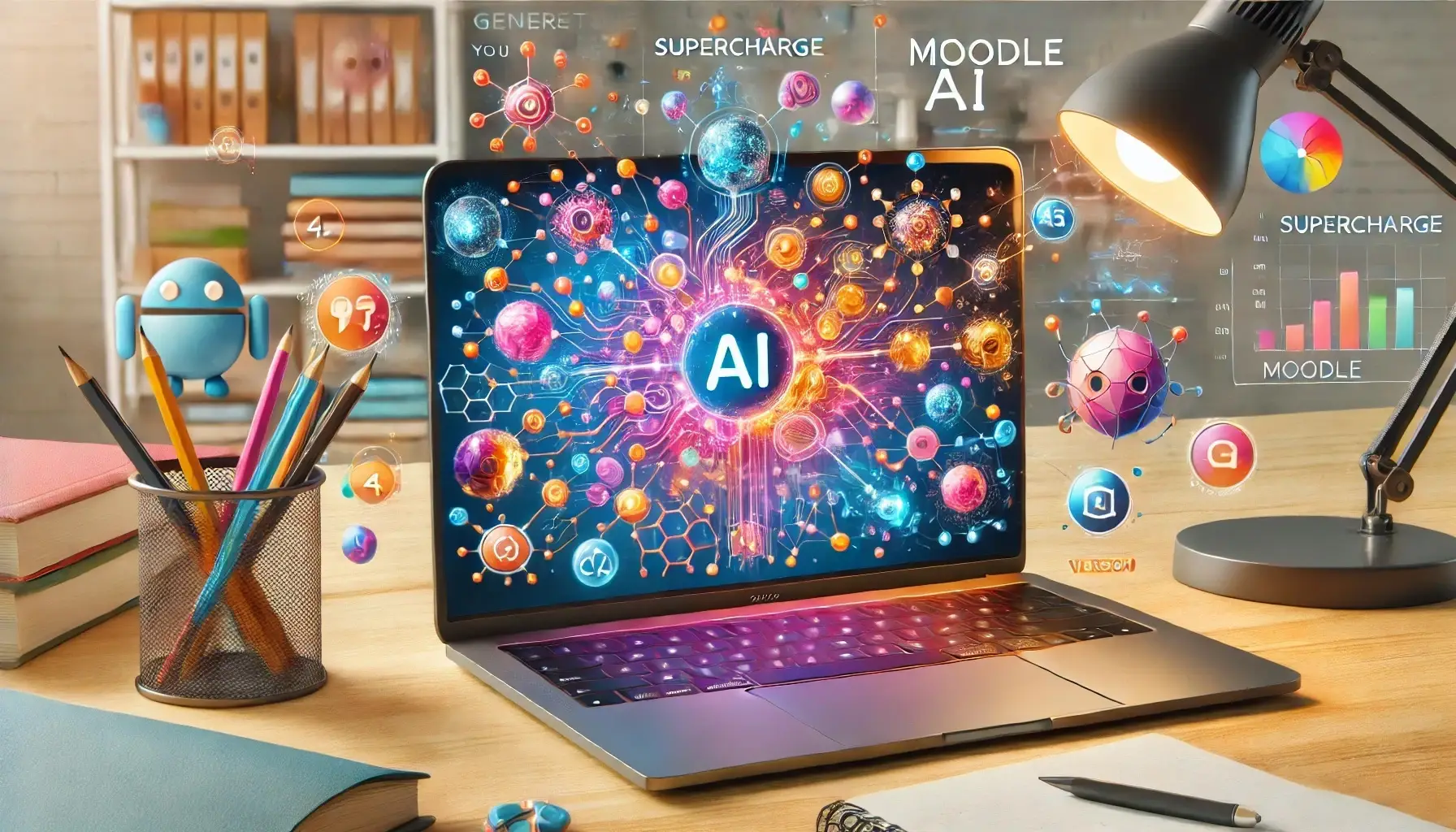The term Digital Education Revolution is so broad that it can mean just about anything you want it to mean.
If you want to take a whack at the definition, the term is probably better understood as technology-enhanced learning. That doesn’t mean eLearning or online learning, which are the delivery systems for the technology tools.
Digital learning tools include file sharing programs like Dropbox and Google Drive, You Tube channels, RSS or social readers, gamification, virtual reality and social networking platforms like Totara Social; Moodle also offers a way to integrate social platforms.
Associate Professor Katja Fleischmann at James Cook University has taken a close look at the Digital Education Revolution in her paper, “The Democratisation Of Design And Design Learning: How Do We Educate The Next-Generation Designer”. Dr. Fleischmann identified social media platforms and crowdsourcing collaborative tools as digital resources re-shaping the way design is taught as a subject. Dr. Fleischmann also cites Massive Open Online Courses (MOOCs) as making a difference to how the digital classroom is organised.
These “democratising” tools are really the heart of the technology-led classroom, and if used wisely they can turn most subjects into highly engaging and collaborative experiences. Rather than isolating the learner, these technology tools have the potential to enhance face-to-face education, which still occupies a strong place in an educator’s toolkit. And the tools can encourage collaboration, which is a vital life skill, particularly in the age of internet-based projects between remote workforces.
Blended learning—the use of digital tools and face-to-face classroom contact—is emerging as one of the best ways to deliver education: some of the course material online, some of it presented in the classroom. The trick is deciding how to organise the various components of the course. What digital tools can you use?
It may be helpful to classify the technology tools you want to use before you design your course. There are plenty of web-based resources that can help you. Here are a couple of links to help you in your quest, both from EdSurge, a resource company for teachers that also evaluates classroom products:
My Learning Space can also help you refine your search for digital tools that can help enliven your classroom.







